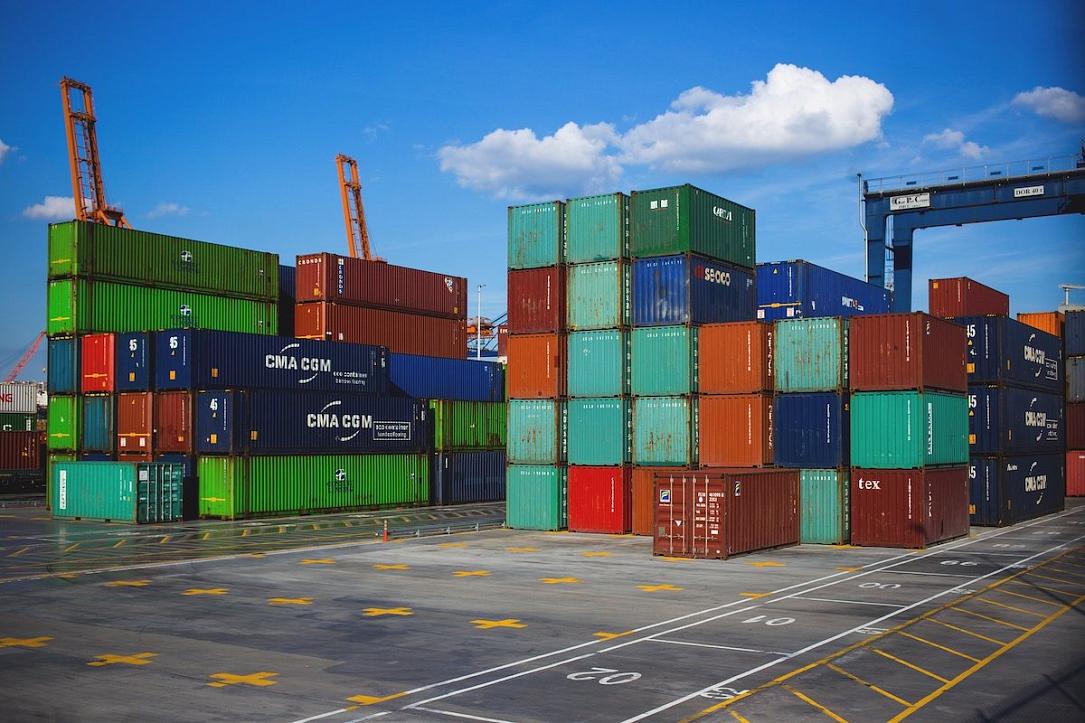Romania’s trade gap widens significantly in February

Romania's foreign trade gap widened by 46% year-on-year to EUR 1.89 billion in February, the statistics office INS announced.
The outstanding annual increase, unseen since the robust income-driven domestic demand was putting pressure on imports in mid-2017, resulted in a record deficit rather typical to the strong yearend seasonal sales.
The wide trade deficit in February was a combined result of both sluggish exports (-2.5% yoy) and higher imports (+6.1% yoy). The figures may illustrate a pattern pinpointed by the slow recovery of global production chains and high commodity (energy, food) prices.
While this remains an option to be confirmed or not, the cumulative January-February figures reflect a less dramatic situation: while the exports indeed contracted by 3.7% yoy to EUR 11.2 bln, the imports edged up by only 0.2% yoy to EUR 14.3 bln. Neither food nor energy items were among the drivers for higher imports.
The trade gap increased by 17.4% yoy to EUR 3.07 bln in the first two months of the year.
The stronger (+2.0% yoy to EUR 5.30 bln) car imports mostly contributed to the rise in imports, while the food imports also increased by 1.9% yoy yet only to EUR 1.25 bln.
On the upside, Romania's car and automotive exports (EUR 5.60 bln) were higher than the imports despite the 0.9% yoy decline caused by the semiconductor crisis.
Romania's exports contracted in January-February compared to the same period of 2020 for all major categories of goods, except chemicals - where the exports rose by 11.9% to reach EUR 551 million (4.9% of total exports).
iulian@romania-insider.com
(Photo source: Pixabay.com)
















